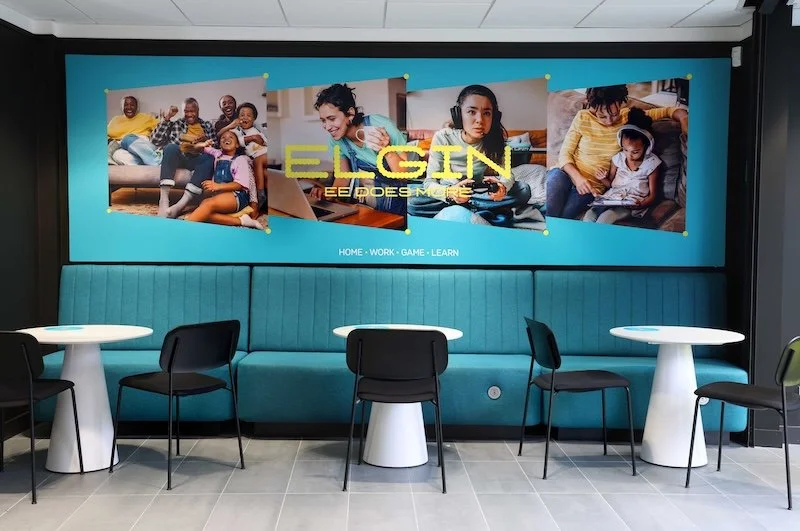How to set up a product manufacturing operation
The manufacturing industry has been around for thousands of years. It was first used when people made items out of clay or stone.
Today, we use machines to make things like cars, computers, clothing, toys, etc. The sector is very important because it provides jobs for millions of people globally.
These eight steps will help you get from idea to production. Hopefully, they'll lead to a profitable business.
Product concept
This is where you formulate your ideas for product development. You may sketch out ideas and write down thoughts, but don't forget to ask yourself questions like "What problem am I trying to solve?" and "How will people use this product?"
● Does our product help solve a problem?
● Does your product solve a real need for your target audience?
● Who are our competitors?
● Are there enough people working on our project to finish all the tasks needed for the development?
● Do you have enough funds to produce the products?
● What will the name be for the final product?
Research
You'll start by finding any gaps in the market, meaning products or services that people lack at present but would benefit from having access to once they become aware of them. These might be inventions, ideas, or anything else people haven't thought of before.
You'll also learn about how different businesses operate and where they advertise and promote their products. Consider what problems people encounter (and what you might do differently.)
You’ll likely find a lot of expected and unexpected information that other businesses share through their online marketing platforms.
For example, if you are creating a packaging company using paper boxes, you can begin by looking for a trusted supplier for paper boxes.
Design
When creating a new piece of software, knowing where to start can often be hard.
What should I make my app do? How should I design it? Should it work like this? To answer these questions, one must first understand how people interact with products today.
To find out what they expect, one must study user behaviour. User Behaviour Analysis (UBA) is observing users' behaviours and recording them so they may be replicated later.
Create the final design
Your final design may be made from different materials depending on your project. If you're working on a digital concept, you could use CAD (computer aided drafting) tools to create a 3D representation of your idea.
When creating a new product, you should consider how much effort each feature takes to develop. Ranking the features by the ease of implementation can help you decide which ones to focus on first.
Once you've decided on the development order, stick to it! Don't change things around just because something else is easier to implement.
You'll need to allocate resources to develop a working product at this stage. Doing this improves the chances of a successful product launch and overall user experience.
Make sure to get a clear idea of what you want before approaching manufacturers for help. If you don't know what you want, they won't be able to give you any advice.
Testing
Once you've finished creating the prototype, it's time to test it. You don't necessarily have to wait until the final version is complete before testing it out.
You need to be vigilant at every stage of the development cycle. If your product isn't performing as you had imagined, don't be afraid to take a break, reassess, and return to step three in the development cycle.
Additionally, consider your target audience, and choose people from this target audience to test your products. Find out if your product fulfills their needs or wants after launch.
Manufacturing
Manufacturing operations are the structure and systems that produce a product that a consumer can purchase. This process begins with identifying what consumers want and obtaining raw materials.
Then it moves into the production phase, where the finished product is manufactured. Finally, it delivers the goods to the end consumer.
Feedback and testing
Before you start designing your next project, you'll probably want to get advice from people who've already done what you're about to do. They might offer suggestions that save you time and money or help you avoid common mistakes.
In addition to getting expert advice, it's also helpful to talk to people who know how to build things. Ask them questions about what they did to make their projects successful, and you may learn something that could improve yours.
You shouldn't offer too much direction or interfere, but you should watch and note how each tester uses your app. Then follow up on these notes by asking them questions that can help improve your app's design.
Official release
Now that you've developed your idea into a fully functional prototype and know where to source your material, it's time to start marketing and promoting your new business venture.
To create momentum for your product, consider releasing a press release, advertising your product through various media outlets, or holding a public launch event.
Whether your products are more popular or less popular, your best strategy might be to create an online store for your products. However, if your products are less popular, your best bet may be to secure meetings with companies that sell similar products.
The bottom line, these steps help you turn your ideas into products that people will want to buy. You may never know if you've made something special if you don't give it a shot.








Continue reading…